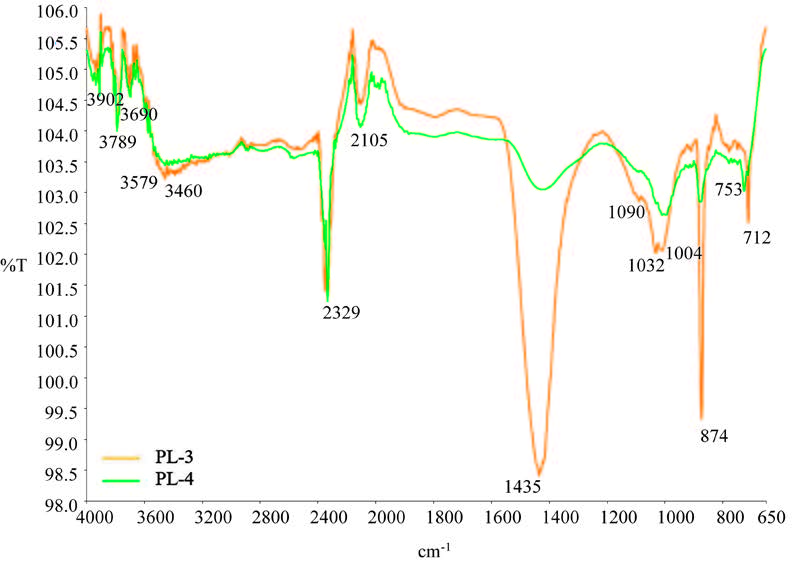Tla in sedimenti zaledja Proščanskega jezera kot možen terigen doprinos v jezerski sistem
DOI:
https://doi.org/10.3986/ac.v49i1.7547Ključne besede:
Narodni park Plitviška jezera, FTIR, XRD, mineralogija tal, HrvaškaPovzetek
Narodni park Plitviška jezera se nahaja v severozahodnem delu Dinarskega krasa v osrednji Hrvaški. Pomembna vloga tal v krasu je, da čistijo vodo, preden doseže freatično cono. Tla so tudi območje, kjer se potencialna onesnaževala kopičijo, preoblikujejo in redčijo. Tla ta onesnaževala tudi zadržijo. Poznavanje mineraloške sestave tal je pomemben dejavnik pri razumevanju prenosa onesnaževal v jezerskem sistemu. Tla, šoto in sedimente smo vzorčili v neposrednem zaledju in na vplivnem območju Prošćankega jezera. Mineralne vrste smo določili z rentgensko difrakcijo (XRD) in infrardečo spektroskopijo s Fourierjevo transformacijo (FTIR). Analiza XRD je pokazala, da v vzorcih prevladuje kremen, ki je bil v vseh vzorcih ugotovljen kot prevladujoč mineral. Dolomit je bil najden v polovici vzorcev, skoraj vedno kot pomemben mineral, medtem ko je kalcit prevladoval samo v enem od vzorcev. V večini vzorcev so bili v manjšini še glinenci, kloritni minerali in muskovit. Absorpcijski pasovi na območju 2800-3000 cm-1 so bili zaradi organske snovi vidni v vseh spektrih. Minerale lahko v jezerski sistem prinesejo površinske vode, predvsem med taljenjem snega in ob padavinah ali obalnih erozijskih procesi. Terigeni vnos je majhen, vendar ga zaradi dolgotrajnih prizadevanj za ohranitev in obnovo območja Prošćanskega jezera ni mogoče prezreti. Verjetno pa še ne ogroža kakovosti vode in nastajanja lehnjaka. Rezultati kažejo, da tla in sedimenti v zaledju Proščanskega jezera učinkovito zadržijo in čistijo vodo na poti do jezera. Vseeno lahko ob morebitnem onesnaženju v zaledju onesnaževala dosežejo jezerski sistem, če so adsorbirana na delce tal. Poznavanje tal v okolici in širšem zaledju jezera omogoča dragocen vpogled na njihov morebitni vpliv na kemijo vode v jezerih in prispeva k razumevanju tovrstnega naravnega pojava.
Prenosi

Prenosi
Objavljeno
Kako citirati
Številka
Rubrike
Licenca

To delo je licencirano pod Creative Commons Priznanje avtorstva-Nekomercialno-Brez predelav 4.0 mednarodno licenco.
Avtorji jamčijo, da je delo njihova avtorska stvaritev, da v njem niso kršene avtorske pravice tretjih oseb ali kake druge pravice. V primeru zahtevkov tretjih oseb se avtorji zavezujejo, da bodo varovali interese založnika ter da bodo povrnili morebitno škodo.
Podrobneje v rubriki: Prispevki




